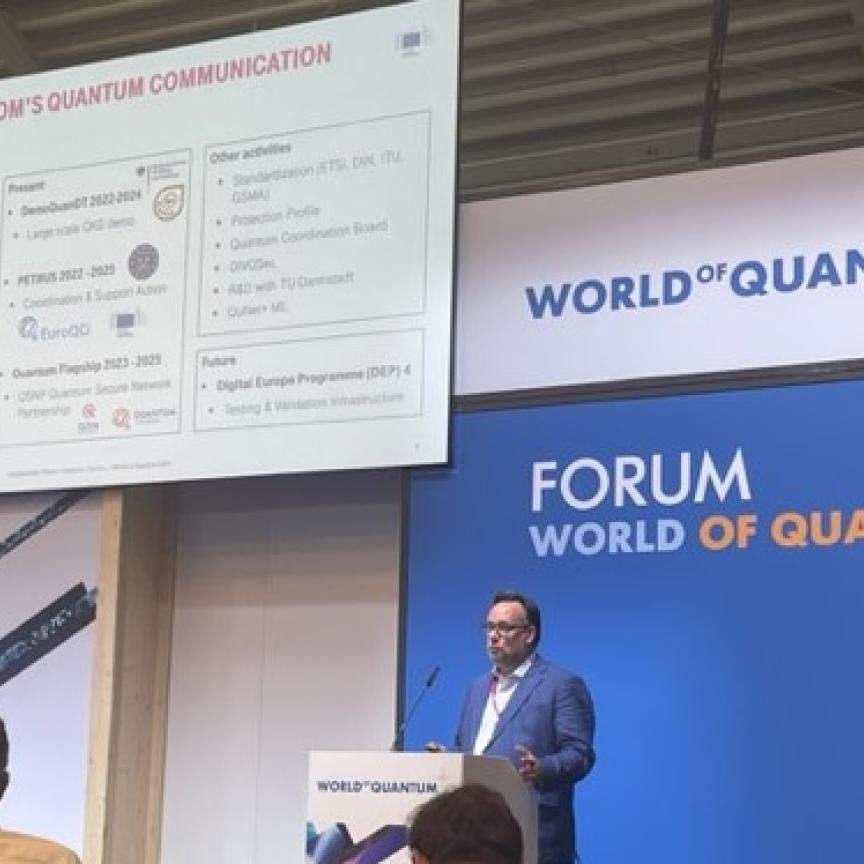Telstra has announced a new strategy – Telstra2022 – which is designed to simplify its operations and product set in the Australian market.
Amongst the strategy’s four key ‘pillars’ is the promise to establish a standalone infrastructure business to drive performance and set up optionality following the nbn rollout. As of 1 July, the new unit – called Telstra InfraCo – will comprise the company’s fixed network infrastructure including data centres, non-mobiles related domestic fibre, copper, HFC, international subsea cables, exchanges, poles, ducts and pipes. Its services will be sold to Telstra, wholesale customers and nbn co.
The new unit will also include Telstra’s nbn co commercial works activities and Telstra Wholesale, with a total workforce of approximately 3,000, but not mobile network assets such as spectrum, radio access equipment, towers and some elements of backhaul fibre, which will remain integrated with the company’s core customer segment focused business. It is expected that the new unit will control assets with a book value of about $11 billion.
Commented Telstra CEO Andrew Penn: ‘As technology innovation is increasingly relying on connectivity, the role of telecommunications infrastructure is becoming more important. In this world our infrastructure assets are becoming more valuable. By creating a new infrastructure focused business unit we will better optimise and manage these assets.’
Amongst the strategy’s other key pillars is the ‘radical’ simplification of the operator’s product offerings, replacing more than 1,800 consumer and small business plans with 20 new core plans. These will be backed, the company says, by ‘an effortless digital service’ designed to remove complexity for customers. All customers will be moved to the new product range by 30 June 2021.
As well as the product range, the organisation’s structure will also be simplified, with a streamlined operating model. This is expected to contribute to a reduction in labour costs of around 30 per cent, meaning a net reduction of 8,000 employees and contractors over the next three years. Although Telstra says the initial focus will be on executive and management roles, and it plans to invest in around 1,500 new roles to build new capabilities required for the future such as software engineering, and information and cyber-security.
Finally, the operator plans to undergo a ‘cost reduction and portfolio management programme’, under which it intends to monetise assets of up to $2 billion over the next two years to strengthen the balance sheet.
Penn believes the strategy would fundamentally change the nature of telecommunications products and services in Australia by eliminating many ‘pain points’ for customers. He said: ‘In the future our workforce will be a smaller, knowledge-based one with a structure and way of working that is agile enough to deal with rapid change. This means that some roles will no longer be required, some will change and there will also be new ones created. We understand the impact this will have on our employees and once we make decisions on specific changes, we are committed to talking to impacted staff first and ensuring we support them through this period.’

